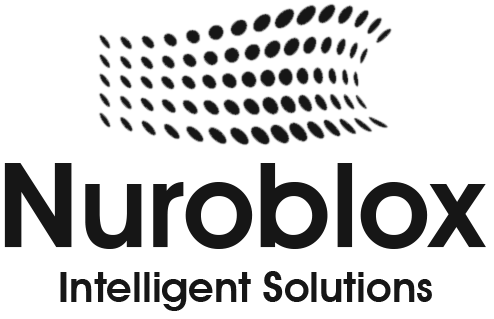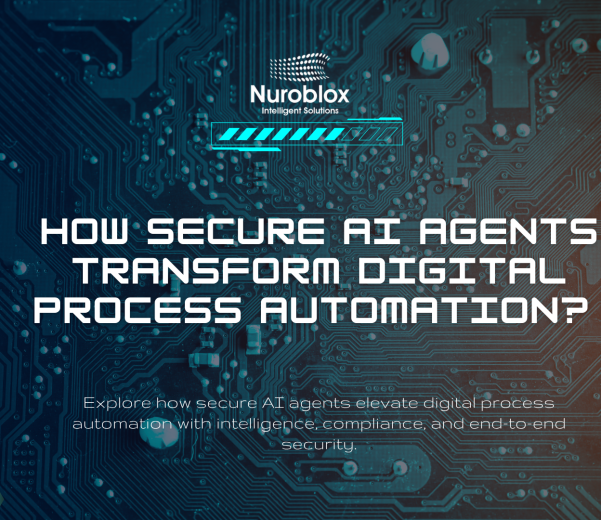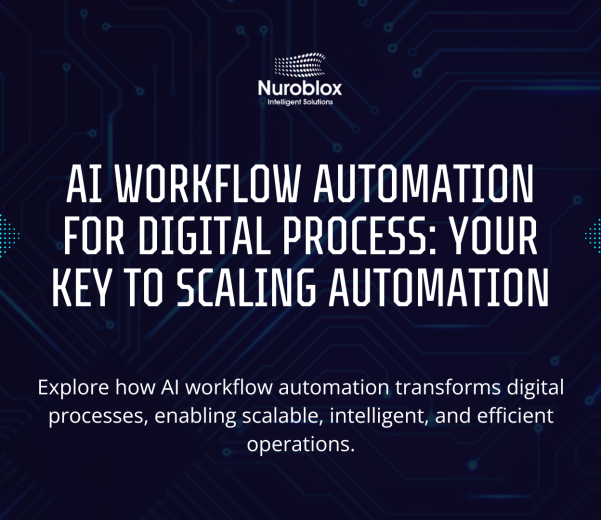Digital Process Automation (DPA)
- Home
- Digital Process Automation (DPA)
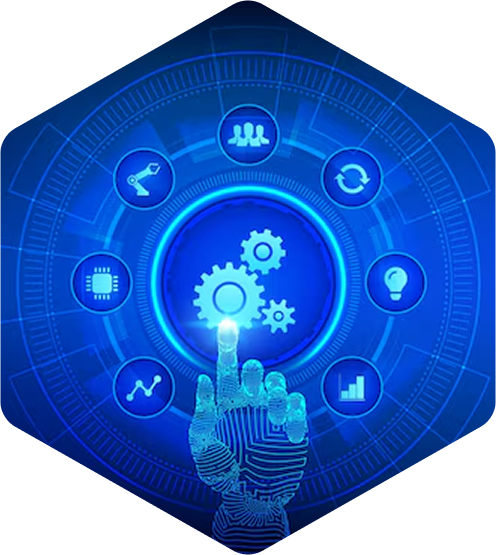
// ABOUT DIGITAL PROCESS AUTOMATION
Digital Process Automation
Digital Process Automation modernizes end-to-end workflows by coordinating people, systems, and AI to deliver faster, more consistent outcomes. It replaces fragmented tasks with connected, measurable, and scalable processes.

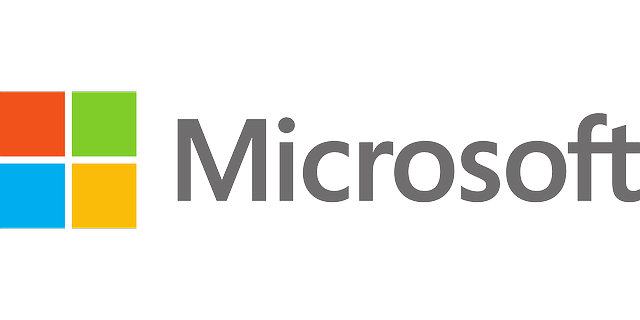





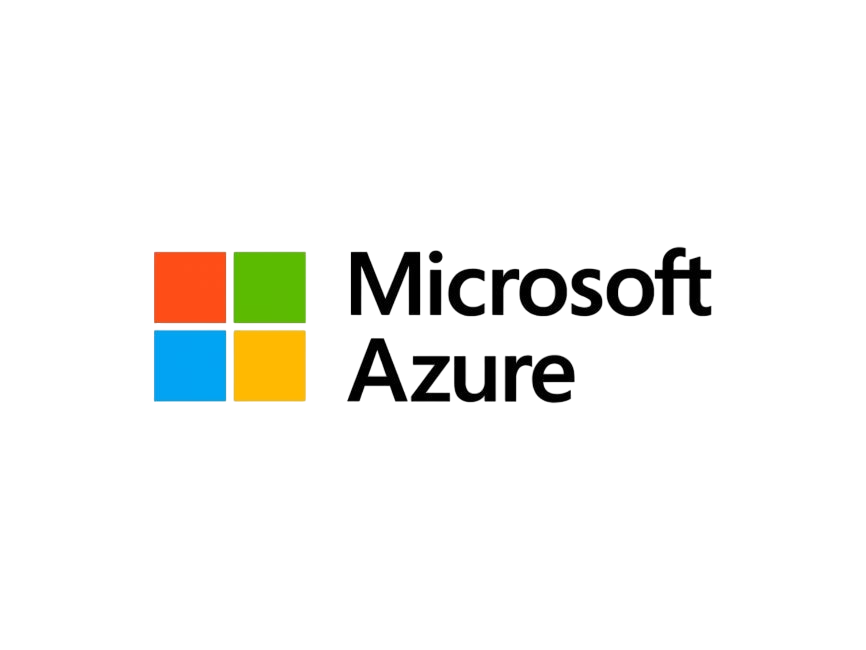

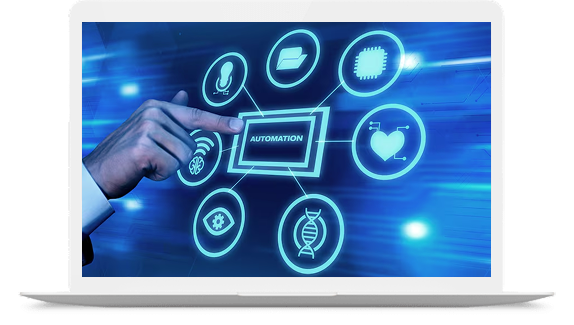
What Is Digital Process Automation (DPA)?
Benefits of DPA
Faster cycle times
Reduce turnaround across complex, multi-step processes with automated routing and parallel work.
Better customer experience
Deliver consistent, real-time updates and fewer handoffs across channels.
Higher accuracy and compliance
Enforce rules, validations, and audit trails at every step.
Scalable operations
Handle spikes in demand by dynamically scaling tasks, queues, and automations.
End-to-end visibility
Track SLAs, bottlenecks, and outcomes through monitoring and analytics.
Human-in-the-loop control
Blend automation with approvals, exceptions, and expert decisioning.
Higher accuracy and compliance
Enforce rules, validations, and audit trails at every step.
Human-in-the-loop control:
Blend automation with approvals, exceptions, and expert decisioning.
How Does DPA Work?
- Intake – Capture requests via forms, portals, chat, email, or APIs.
- Orchestration – Use a workflow engine to route tasks, manage states, and enforce SLAs.
- Rules and decisioning – Apply business rules, policies, and AI/ML models for decisions.
- Automation execution – Call APIs, microservices, RPA bots, and IDP for document/data tasks.
- Human-in-the-loop – Assign approvals, exceptions, and complex reviews to users.

We’re here to assist you and address all your questions anytime!
Use Cases
Finance and Accounting
Manufacturing
Insurance

Loan Processing

Supply Chain

Policy Underwriting
Frequently Asked Questions
Future of Digital Process Automation

